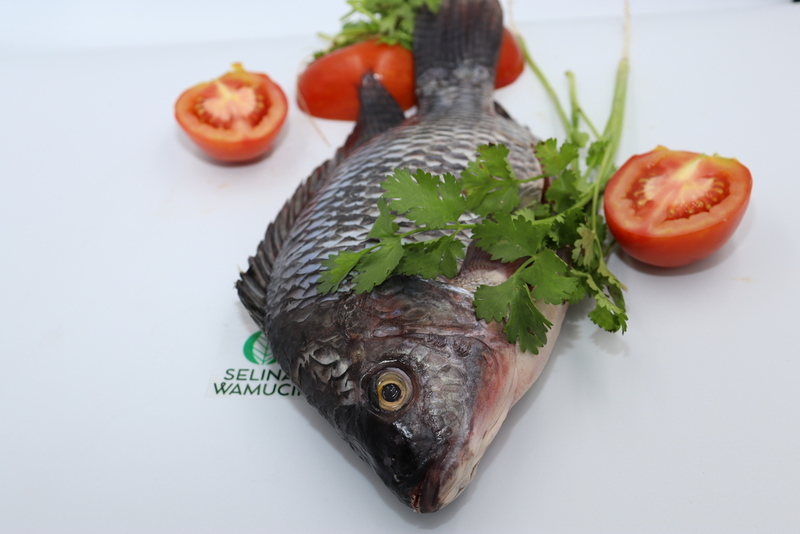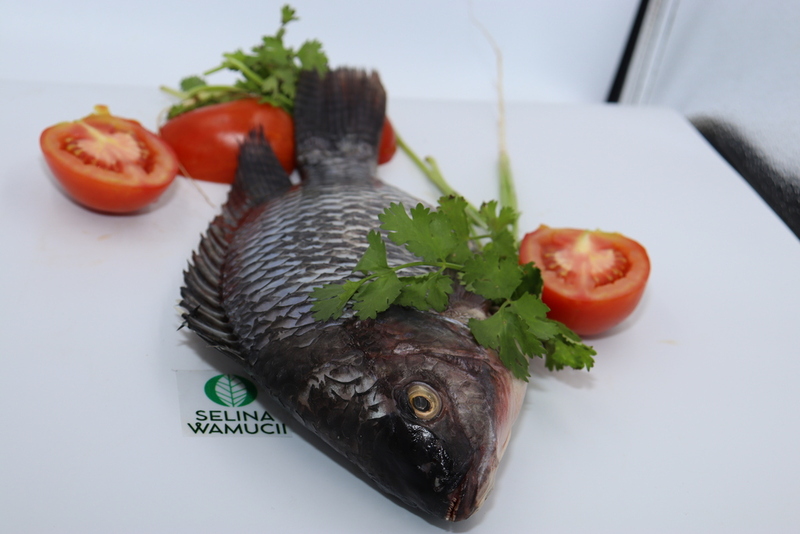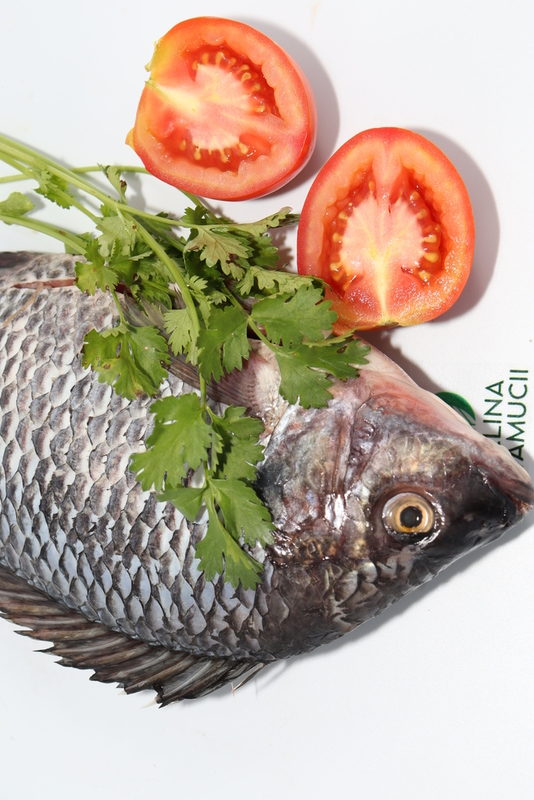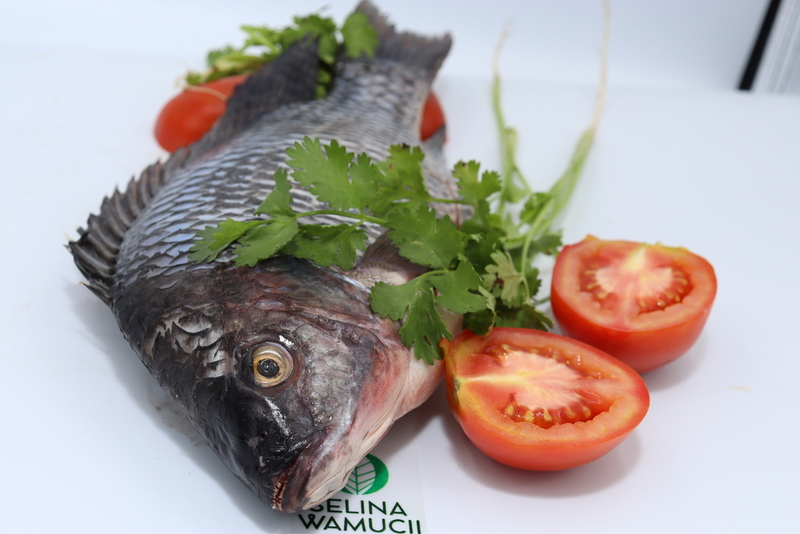Buy Rwanda Fish Directly From Exporters & Suppliers - Best of 2024 Market Prices
Get Instant QuoteWe export high-quality Rwanda fish to the local and export markets. We source the raw fresh Rwanda fish from artisan fishermen in the country.
As a land-locked country, Rwanda produces only freshwater fish types. They come from some of the 1390 square kilometers of the water-covered area of the country. Lake Kivu supplies the bulk of the catches. Other fishing basins include river lines and marshy grounds. The nation currently produces 13,000 tons of fish with ¾ of these from natural sources and the rest from ponds. The Rwanda Agriculture Board (RAB) says that there is potential to generate some $2.5 billion of revenue from its fisheries upon improvements. Despite lush availability, the country still imports fish from Uganda as well as Tanzania and re-directs them as exports to the Democratic Republic of Congo.
We source our Rwanda fish from artisanal fishing farmers. Our small fishing partners come from areas around Lakes Muhazi, Mugesera and Kivu. They also emanate from river lines. We only deal with responsible sources that operate under cooperative societies. The co-ops are in turn governed by the Ministry of Agriculture and Animal Resources (MINAGRI).
All our fishing takes place through artisan catching means. Our crews are locals who own small vessels and canoes. They use brand new fishnets from abroad for their catching needs. They also employ animal-friendly fishing implements including baited hooks and gill netting. The last is a technique where the fish hangs by its gills from the net and falls into the trap.
We offer different types of Rwanda fish. These include:
Nile tilapia: this is one of the most common fish in the county. It is mostly the Oreochromis niloticus species. The smallest fingerling weighs just 14 grams. Most of these come from cage farming ponds or directly from the warm waters of Lake Kivu.
Clarius: a fish from the lakes and rivers of Rwanda’s Eastern Province, African catfish or Clarius gariepinus is a mud-colored type of catfish. The government has encouraged more effort at conserving the fish to keep it hand-in-hand with the more kept tilapia. Next to Nile tilapia, Clarius is the only other type of fish that farmers culture in ponds in the country. The rest comes from freshwater bodies.
Lake Tanganyika sardine: originally from the world’s deepest lake, Lake Tanganyika, this sardine now has been introduced in many lakes across Eastern Rwanda. It is a small, streamlined fish with golden scales and can also be bluish or silver. It measures less than a centimeter long (50 millimeters). It also thrives in Lake Kivu.
Synodontis: another common among Rwanda fish, Synodontis is a member of the largest group of catfish. It is also known as feather fin because of its airy appearance. It weighs 280 grams but the largest breeds can reach 12 inches or 30 centimeters long.
Haplochromis: with an average adult length of 13 centimeters, this type of fish is thick-skinned. It thrives in freshwater lakes. Its most interesting attribute is an attractive color that shines depending on the water reflection angle.
Astatorechromis: another typical Rwanda fish, Astatorechromis is a small fish from Lake Kivu. It measures less than 30 millimeters.
Other types of Rwanda fish: the nation also has common carp (Cyprinuscarpio). It came to the country for culturing reasons but exceptionally, it now thrives only in freshwater bodies including the Nasho basin lakes. There is also Ningu, a fish known botanically as Labeovictorianus. Nkolongo or Synodotissp and Lamprichthystanganicanus or Rushwa in the local language are other types that thrive in the country. There are also Amphilius, mormyrus, varicorthinus, marcusenius and Limnothrissa fish species.
Immediately after the responsible catch of Rwanda fish, we sort them by their healthy attributes. We also separate between species. The largest fish go differently from their smallest counterparts. Our next step is to gut them to extend their shelf life. We do this under phytosanitary and hygienic conditions. We put the gutted fillets in freezer bags in their different grades. In cases of bulk, we use scales of each fish type for identity at the exit point.
We pack Rwanda fish through an automatic system. The system sorts, packs and labels the fillets inside freezer bags or ice-bearing wrappers. Our warehouse crew keeps the cartons bearing the bags of fish well-sealed to prevent contamination. Our labels indicate the fish type, the packing condition (whether fillet or whole), the packing date, the best-by date and the country of origin.
We store Rwanda fish in meat vans in iced conditions. We transport the consignment to the airport immediately after packing. The fresh cargo makes it to your base from Kigali International in the next 1 to 2 days.
In short, if you are after Rwanda fish, you now have the perfect partner to count on. We source the fish from only artisan fishermen who use hooks and nets for their fishing. We let officials from Rwanda Agriculture Board inspect our cold chain facilities to certify our phytosanitary handling of the catches. We also use certificates at the exit point from Rwanda Standards Board (RSB) to indicate the quality of the packed product. We keep your quantity high by being in touch with our fishermen throughout the order period. As of prices, we extend some of the lowest rates in the East African fisheries market. Make an order today!
Get Instant Quote
Are you a producer of Rwanda Fish or other products?
Sign up today for FREE to buy or sell Rwanda Fish.





